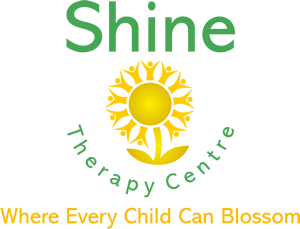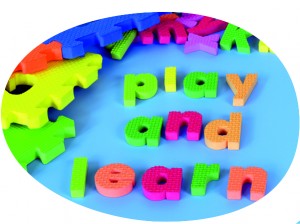Treatment
Depending on the specific difficulties your child faces, and the outcome of the assessment, I will then recommend the type of treatment I feel would be most suitable for your child. Often this would follow the Sensory Integration approach as this treats the underlying sensory systems which are often the foundation for other areas of function. Please see the Links page for more details on sensory integration.
The sensory integration sessions are fun and follow a child led approach to treatment. Your child is generally unaware that they are also being guided into carrying out very specific activities in order to address their underlying difficulties. We use swings in order to address vestibular function and if you would like more information on this please see the sensory integration section on this website.
I would generally like you to be present for at least the first two sessions so you can transfer some of the activities carried out to the home environment. Watching the sessions can also give you useful insight into the type of activities being carried out and reasons for their choice.
Task practice
If necessary I can also practice very specific task function with your child such as teaching specific skills like using a knife and fork or shoe lace tying. This could include a more cognitive based approach and could sometimes be used as part of the sensory integration sessions if it is felt appropriate for your individual child.
Handwriting Without Tears
I may also use this multi sensory approach to handwriting difficulties if necessary or follow other handwriting programmes for your child’s individual difficulties. This is a handwriting approach developed by Jan Olsen. See her website www.hwtears.org.
Home and School Programmes
A home and school programme would be given to you so that you can assist your child with certain activities at home if necessary. I understand how difficult it can be to find time in the day with our busy lives but the activities really don’t take very long and can generally be incorporated into a daily routine!
Goal Sheets
I would always set a goal sheet with you and your child to monitor and measure progress throughout the therapy process. This ensures good practice and allows me to measure improvements whilst evaluating your child’s progress.




